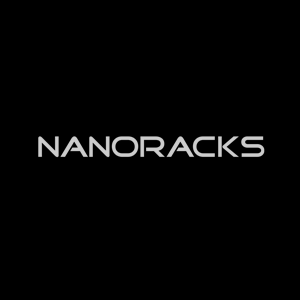 As a relatively new commercial space business that provides research and in-space services, Nanoracks LLC has the difficult task of marketing its products and services to a wide range of diverse markets and customers around the world. This includes individuals, schools, universities, non-space related businesses, government organizations and indeed, other space companies.
As a relatively new commercial space business that provides research and in-space services, Nanoracks LLC has the difficult task of marketing its products and services to a wide range of diverse markets and customers around the world. This includes individuals, schools, universities, non-space related businesses, government organizations and indeed, other space companies.
The Houston based company offers a range of microgravity research opportunities that relate to hardware it operates on the International Space Station, including:
Nanoracks enjoy partnerships with Boeing, Spaceflight Services, Virgin Galactic, Blue Origin and XCOR to name a few, and promotes its products to markets ranging from primary schools to government agencies.
Nanoracks’ company logo is usually depicted in white or black and consists of the brand’s name in a bespoke type-face and a graphic of two squares and an arc. As is the norm with the majority of space company logos, the arc is present to represent either a trajectory, an orbit or the curvature of the Earth and the squares likely represent the CubeSats that the company’s customers work with. Despite the restrictive nature of the squares in the logo, it is a unique branding asset that works well on light or dark backgrounds.
The site’s homepage features a modular layout that guides visitors to the different sections of the site and includes a slideshow, news section list, documentation area and a list of “firsts” the company has achieved. The space themed website layout is mobile-friendly, so visitors can see the textual, image and video content in a range of devices. Nanoracks website displays lots of information to about the company, the products they offer, the markets they serve, as well as their latest news, press releases and a live twitter feed.
With no broken links or missing images, and a single url for each page on the site, the biggest issue Google indicates that requires attention is the large number of images that are missing “alt” tags. This extra bit of html code allows screen reader software to indicate to blind visitors what each image is about and helps Google get a better idea of what keywords the pages should rank highly for. Despite having a lower domain authority than the more established space brand websites.
With a range of visitor types using the site, Nanoracks’ has been sure to use emotional text and images to inspire members of the public to get involved in entry-level space exploration. The site includes “Get Started” buttons, contact page and social media links to encourage potential customers to learn more and get in touch.